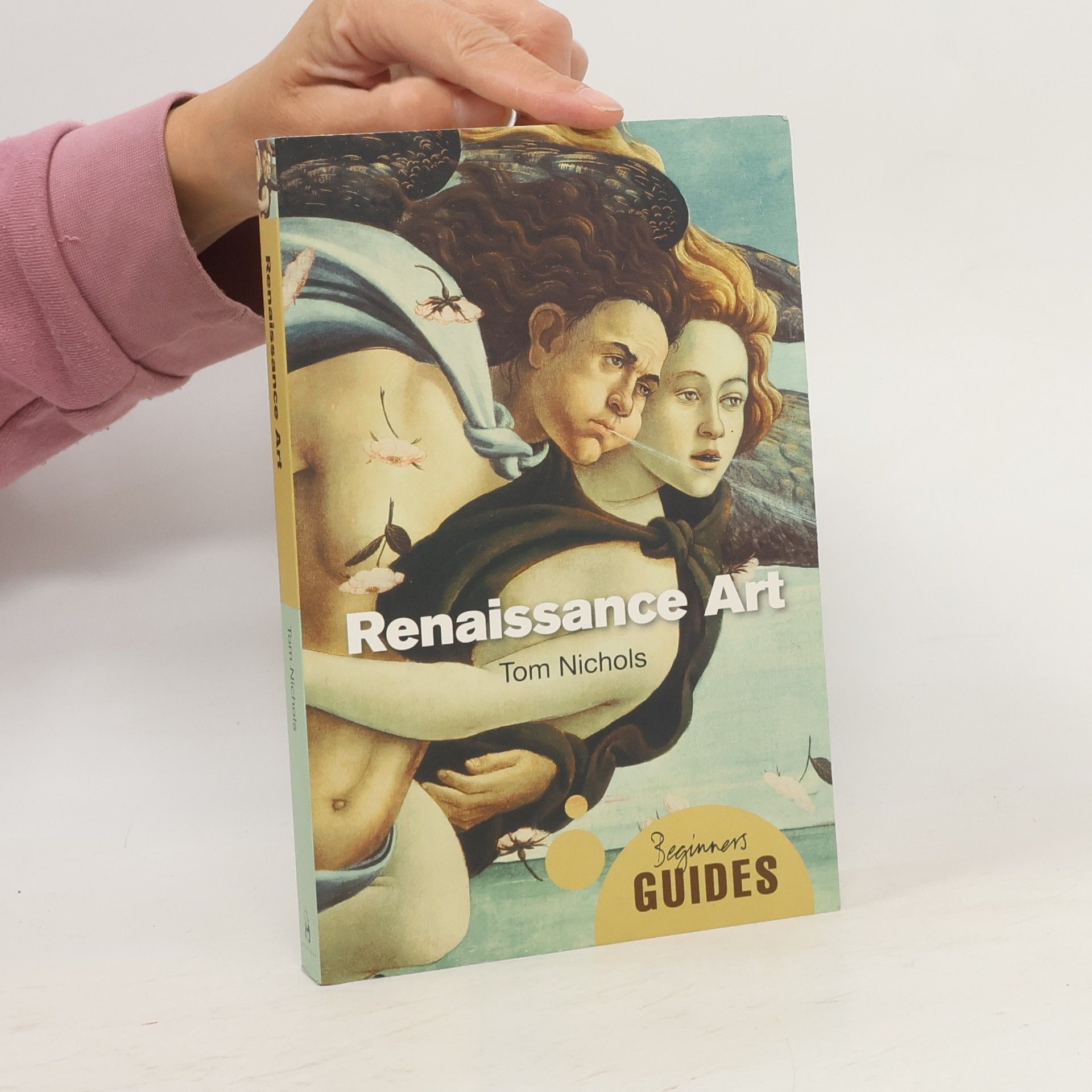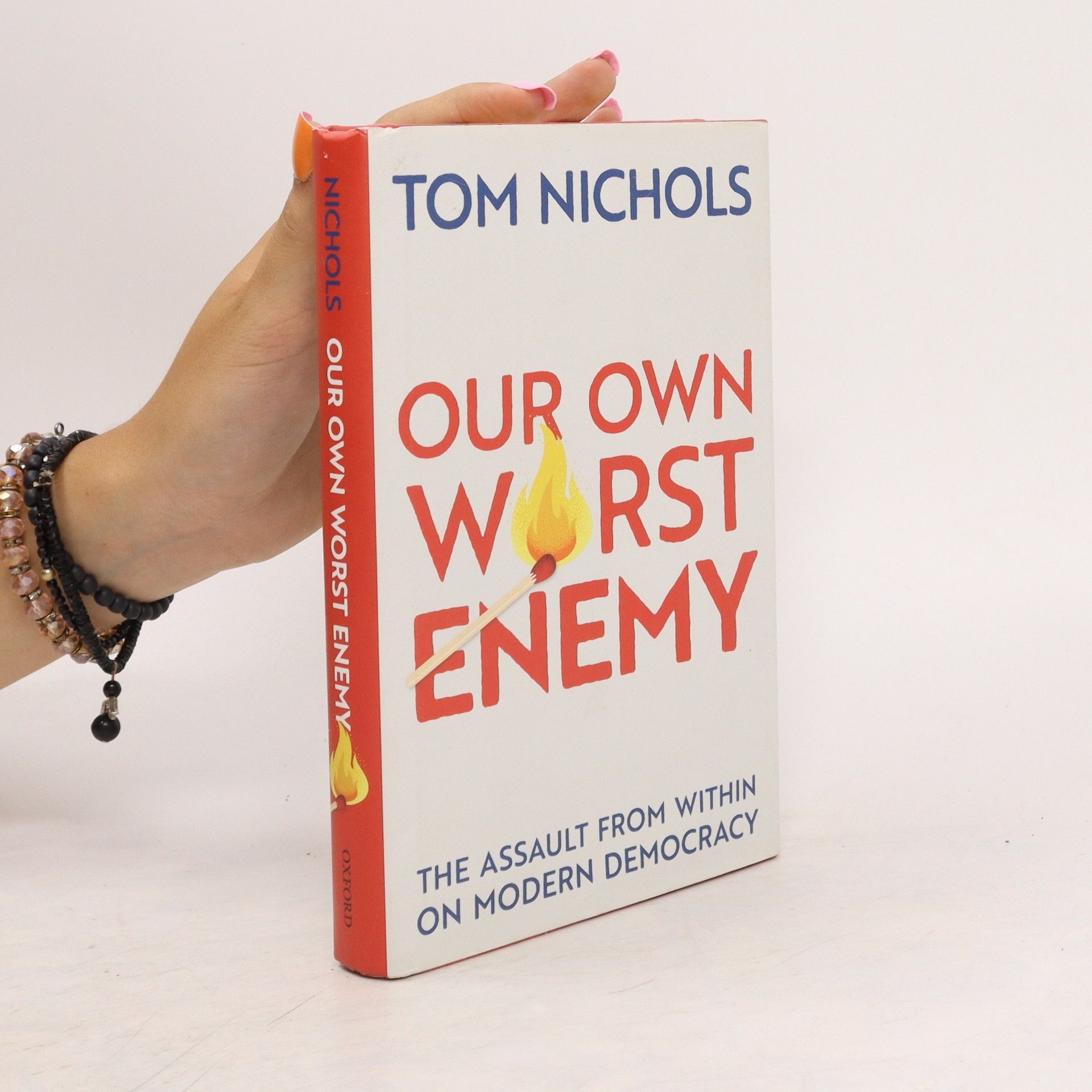Giorgione's Ambiguity
- 288 Seiten
- 11 Lesestunden
An exploration of the visual elusiveness at the core of Giorgione's work.






An exploration of the visual elusiveness at the core of Giorgione's work.
Jacopo Tintoretto (1518–94) is an ambiguous figure in the history of art. His radically unorthodox paintings are not readily classifiable, and although he was a Venetian by birth, his standing as a member of the Venetian school is constantly contested. But he was also a formidable maverick, abandoning the humanist narratives and sensuous color palette typical of the great Venetian master, Titian, in favor of a renewed concentration on core Christian subjects painted in a rough and abbreviated chiaroscuro style. This generously illustrated book offers an extensive analysis of Tintoretto’s greatest paintings, charting his life and work in the context of Venetian art and the culture of the Cinquecento. Tom Nichols shows that Tintoretto was an extraordinarily innovative artist who created a new manner of painting, which, for all of its originality and sophistication, was still able to appeal to the shared emotions of the widest possible audience. This compact, pocket edition features sixteen additional illustrations and a new afterword by the author, and it will continue to be one of the definitive treatments of this once grossly overlooked master.
"In the early 1990s, a small group of "AIDS denialists," including a University of California professor named Peter Duesberg, argued against virtually the entire medical establishment's consensus that the human immunodeficiency virus (HIV) was the cause of Acquired Immune Deficiency Syndrome. Science thrives on such counterintuitive challenges, but there was no evidence for Duesberg's beliefs, which turned out to be baseless. Once researchers found HIV, doctors and public health officials were able to save countless lives through measures aimed at preventing its transmission"--
Introduction: Our own worst enemy -- A hunger for Apocalypse: the perils of peace and plenty -- The nicest people you'll ever dislike: when good neighbors are bad citizens -- "Is there no virtue among us?" Democracy in an age of rage and resentment -- System failure? Human suffering and the case against liberal democracy -- Hello, I hate you: how hyper-connection is destroying democracy -- Conclusion: Is there a road back?
Art and architecture have always been central to Venice but in the Renaissance period, between c.1440 and 1600, they reached a kind of apotheosis when many of the city's new buildings, sculpture, and paintings took on distinctive and original qualities. The spread of Renaissance values provided leading artists such as Gentile and Giovanni Bellini, Giorgione, Palladio, Titian, and Tintoretto with a licence for artistic invention. This inventiveness however also needs to be understood in relation to the artists and artworks that still conformed to the more traditional, corporate, and public values of "Venetianness"' (Venezianità). By adopting a chronological approach, with each chapter covering a successive twenty-five year period, and focusing attention on the artists, Tom Nichols presents a vivid and easily navigable study of Venetian Renaissance art. Through close visual analyses of specific works from architecture to illuminated manuscripts, he puts the formative power of art back at the heart of this remarkable story.
What does the familiar phrase Renaissance Art actually refer to? Discussing the works by artists such as Jan van Eyck, Leonardo da Vinci, and Michelangelo, this title explores the truly original and diverse character of the art of the Renaissance.
Exploring the complexities of Titian's artistry, this study delves into the tension between his individualism and Venice's conservative painting traditions. It examines how Titian's self-consciously original works often challenged the modest conventions of his adoptive city, leading to conflicts with local artists and patrons. By analyzing his extensive career and diverse output, the book positions Titian as both a product of and a rebel against the Venetian Renaissance, offering a fresh perspective on his significant influence in art history.